(click on the postcards' stamps to see each DIY project in pictures…)
Gaijin-style Okonomiyaki! | ||
Imagine you're being confined (for some reason) and you long for traveling somewhere exotic and your gorgeous weekly farmer's groceries basket is full of delicious cabbage. What do you do with it?
An all-time yummy classic from Japan: Okonomiyaji. Of course yo won't have all it takes to do it properly, but let's give it a try:
Boil the cabbage leaves 4-5 min in salted water, then cut them in thin stripes (a pair of parsley cissors may help...)
Drain the cabbage and mix it with the flour, the eggs, the stock (pork, fish or just veggie), some soy sauce and fresh chopped ginger. Gently steer til you got a thick, homogenous cream and... Voilà! Fry on both sides in a pancake pan, serve with the chopped scallions and if you can, add grated dry Tuna and the mandatory Bulldog sauce. Itadakimassss! |
supplies:
a cabbage
3 eggs
300 grams of wheat flour
some fresh ginger and scallions
2 tablespoons of soy sauce
you could also use:
Katsuobushi (grated dryed tuna aka flaked bonito)
Bulldog sauce (a kind of Japanese gravy) Japanese mayonese (or regular mayonese with rice vinegar?) |
|









































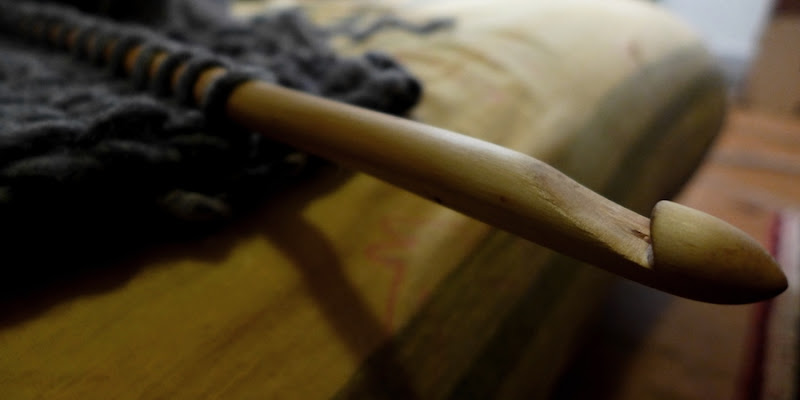














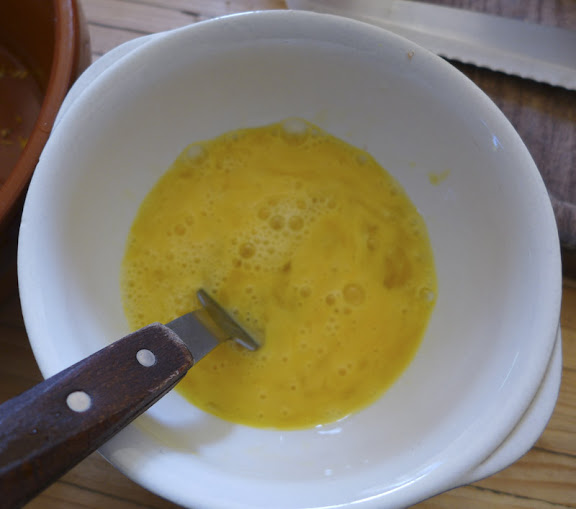







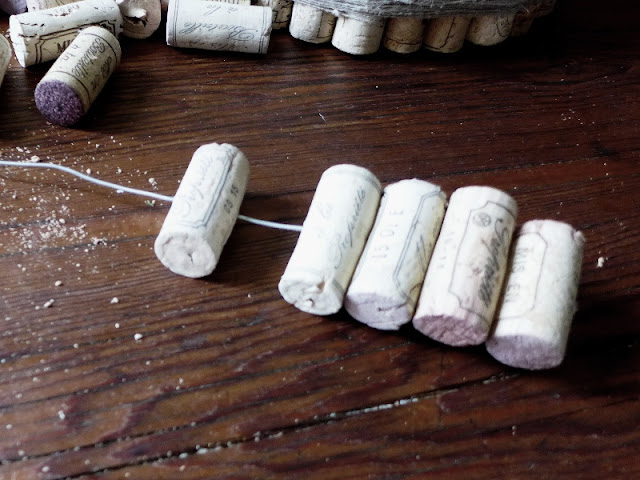



























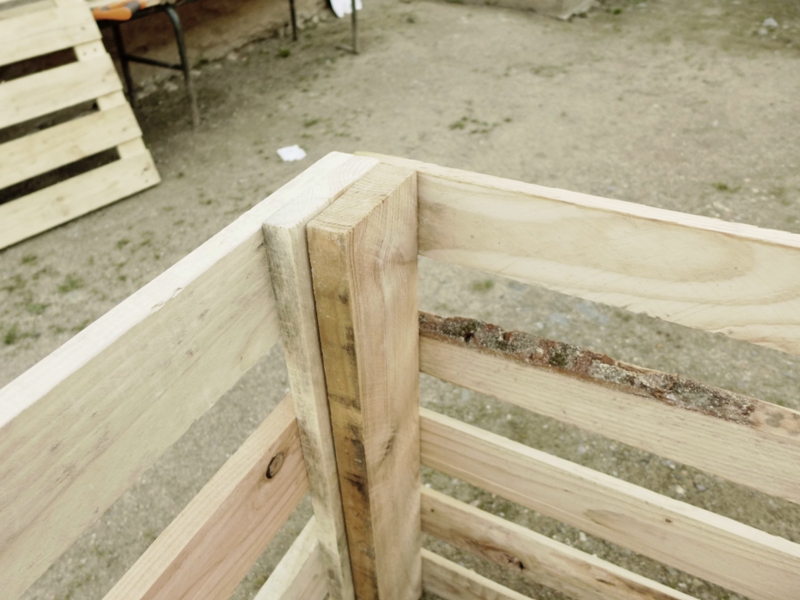







































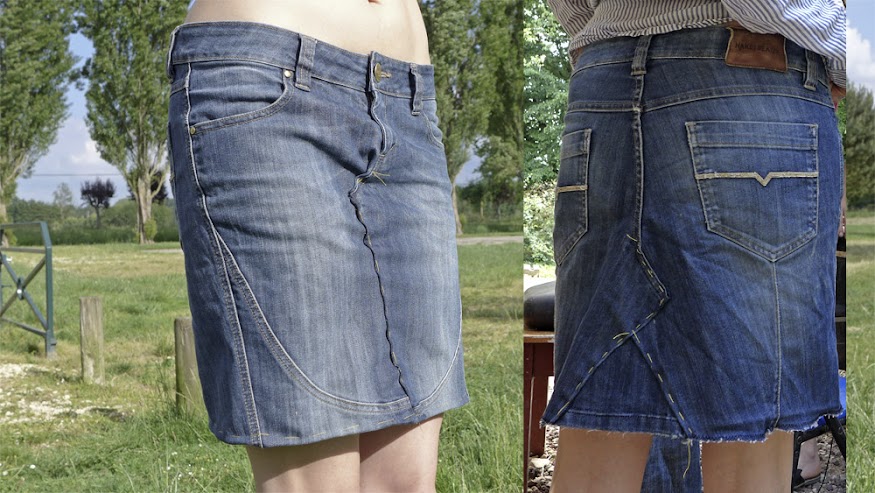
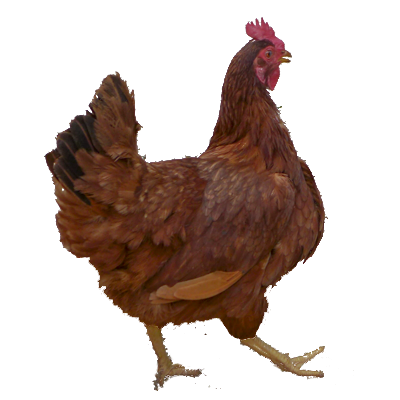















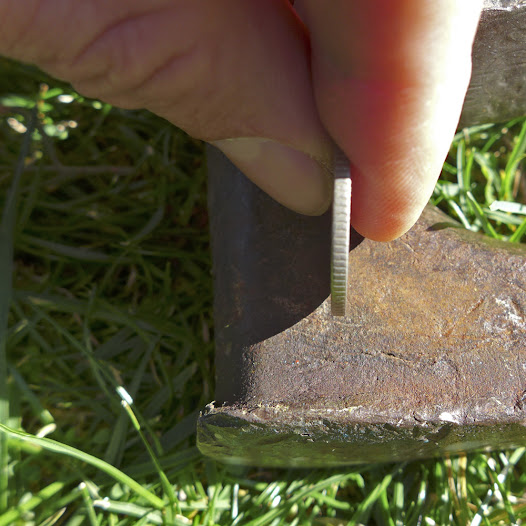





















No comments :
Post a Comment